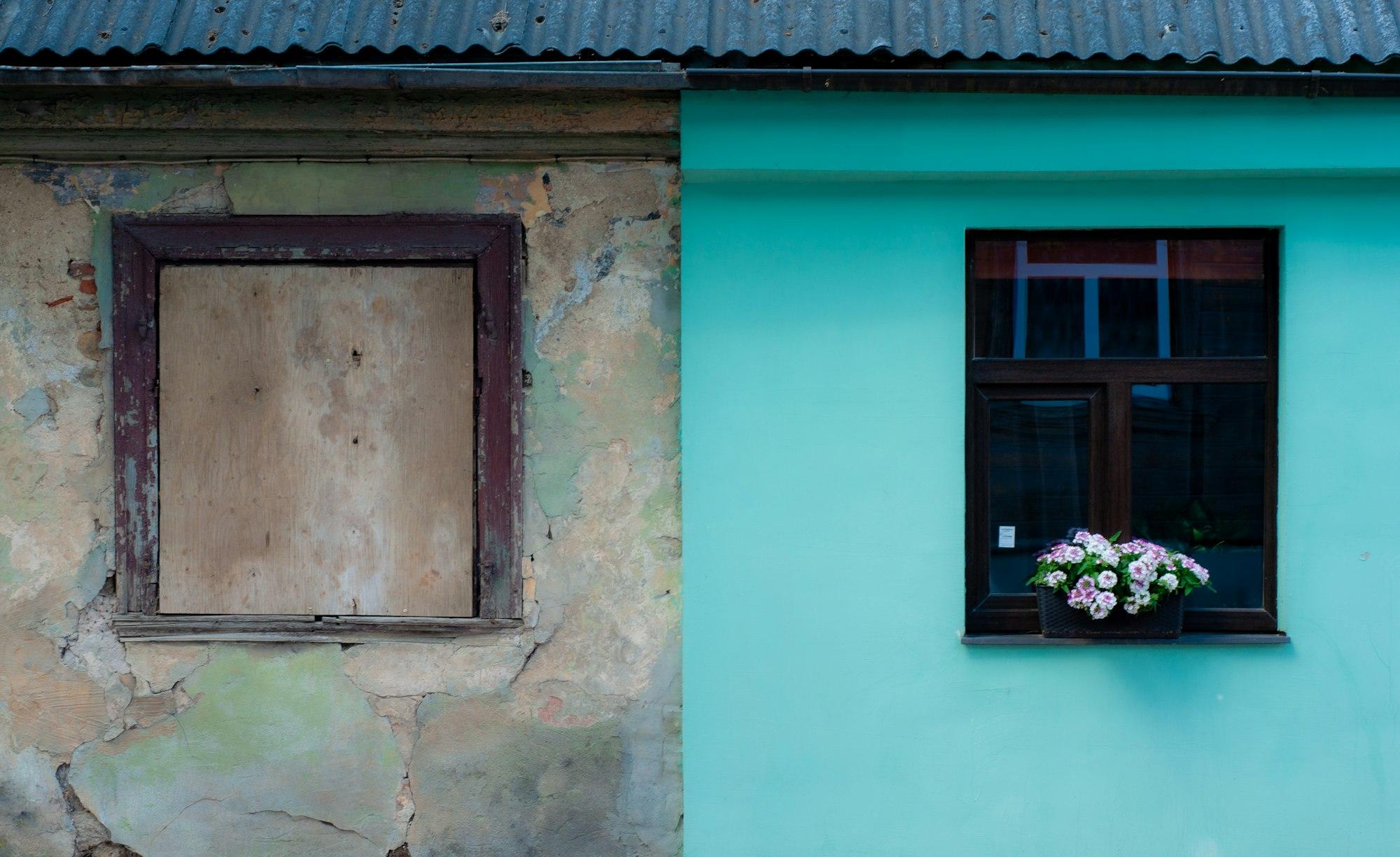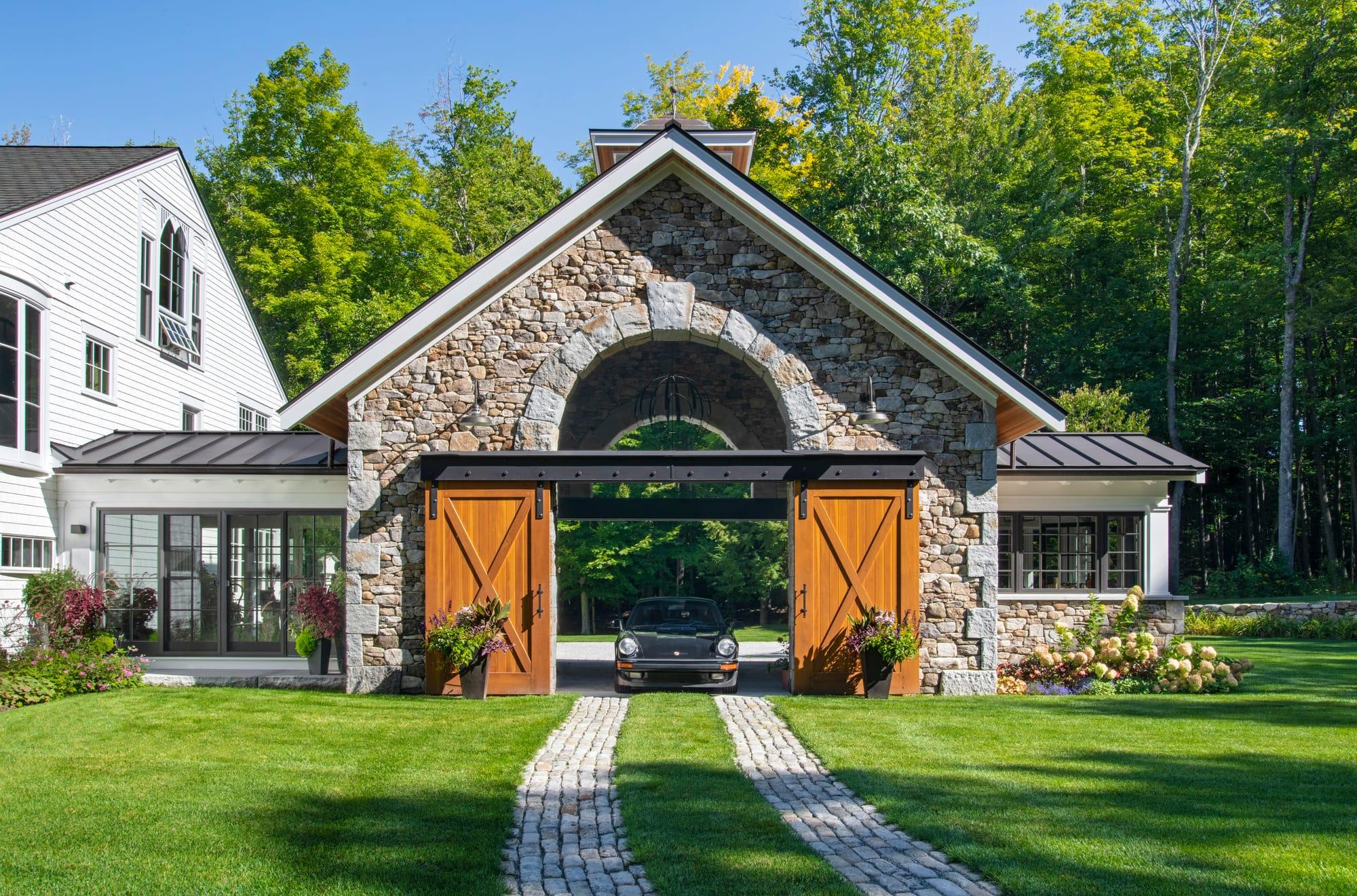The Evolution of "Home": A Journey Through Time
From primitive shelters to smart homes, the evolution of "home" reflects changes in society, culture, and tech. This journey shows how homes have gone from survival spaces to personal sanctuaries, mirroring both individuality and global trends.

Photo by Jacky Nelson / Unsplash
What does “home” mean to you? For most, it’s a place of comfort, refuge, and personal expression. But the concept of "home" hasn't always been what it is today. From primitive shelters to modern smart homes, the evolution of "home" reflects profound changes in society, technology, and culture. Inspired by Bill Bryson’s exploration of domestic life in At Home, this blog takes a journey through time to uncover how the idea of home has transformed across centuries, and what it might mean in the future.
1. Timeline of Home Evolution
Early Days: Shelters and Survival
The first "homes" were not about comfort; they were about survival. Early humans sought shelter in caves, trees, or makeshift huts to protect themselves from the elements and predators. For nomadic tribes, the concept of home was temporary and portable. This changed with the advent of agriculture, which encouraged people to build more permanent structures. These early homes were basic yet marked the beginning of stability and rootedness.
Fun Fact: Some of the earliest human shelters were made from mammoth bones and animal hides! Early humans used the materials around them for survival, building with bones, branches, and hides in areas without natural caves.
Ancient Civilizations: Homes as Status Symbols
As societies advanced, so did the concept of home. In ancient Egypt, Greece, and Rome, homes became reflections of wealth and social status. Affluent families lived in houses adorned with art, furniture, and gardens, with open courtyards and decorated interiors representing early forms of personal expression. This era marked the home as a place for both family life and social status.
Fun Fact: Ancient Romans loved having courtyards, known as atriums, which served as gathering spaces and gardens, often filled with elaborate fountains and mosaics.
The Medieval Period: Defense and Community
In medieval times, homes mirrored the turbulent era. Fortified castles and manors prioritized protection, with high walls and narrow windows reflecting a defensive mindset. Inside, the hearth was central, where families gathered for warmth, cooking, and storytelling. Homes were often clustered in villages, reflecting a strong community spirit. During this time, the home was as much a communal place as it was a personal one.
Fun Fact: During medieval times, the ‘great hall’ was a home’s main room, where everyone from the lord’s family to servants ate, slept, and socialized together. Homes prioritized communal space, with privacy a luxury for the wealthy.
The Renaissance and Enlightenment: Comfort and Aesthetics
With the Renaissance came a shift toward comfort and beauty in the home. Art, design, and the aesthetics of symmetry became priorities, as people looked to their living spaces for both pleasure and function. During the Enlightenment, homes also hosted intellectual gatherings. This period redefined homes as spaces of private enjoyment and public engagement, moving beyond mere survival.
Fun Fact: Renaissance homes were the first to commonly use glass windows! Before this period, windows were often covered with cloth or wooden shutters, making glass a true luxury.
The Industrial Revolution: The Birth of Modern Homes
The Industrial Revolution transformed society and the home. Urbanization led to compact, efficient homes, while innovations like plumbing, electricity, and heating redefined daily living. Privacy became a central feature, with distinct rooms for different activities. As the idea of the nuclear family grew, homes began to reflect structured, specialized living spaces, emphasizing both functionality and family unity.
Fun Fact: The invention of indoor plumbing in the 19th century was revolutionary, transforming both hygiene and home layouts. Bathrooms became a standard feature, and kitchens began moving indoors, improving health and convenience.
The 20th Century: The Rise of the Suburbs
The post-war housing boom brought suburban neighborhoods into the cultural spotlight. The American Dream became symbolized by a suburban home with a white picket fence, embodying stability, success, and identity. Living rooms became focal points for family bonding, and homes were tailored for comfort and leisure. This shift redefined home as both a private sanctuary and a marker of societal values.
Fun Fact: After World War II, the GI Bill helped millions of American families buy suburban homes, creating an unprecedented housing boom.
The Modern Era: Smart Homes and Remote Work
In the 21st century, technology continues to shape the home. Smart devices now allow for automated lighting, security, temperature control, and entertainment, making homes more convenient and efficient. The rise of remote work has further transformed home dynamics, as living spaces have adapted to be multifunctional, accommodating work, exercise, and relaxation in new ways. Personalization and eco-friendly designs have also become priorities, with a focus on comfort, wellness, and sustainable living.
2. The Home as a Reflection of the Self and Societal Context
Throughout history, homes have reflected not only individual personalities but also societal values and cultural shifts. Today, homes are deeply personal spaces where people express their tastes, beliefs, and lifestyles. Social media has accelerated this trend, showcasing “Instagram-worthy” spaces and DIY decor as expressions of personal brand. Modern home decor trends reveal a lot about our societal values, like the popularity of minimalism as a response to consumerism, or the focus on sustainable design as an answer to environmental concerns.
In many ways, our homes mirror our inner worlds and collective priorities. For some, a home is a serene retreat, embodying mindfulness and simplicity. For others, it’s a dynamic, multifunctional space that fosters creativity and productivity. Just as the Victorian era’s ornate homes reflected its values of opulence and social status, today’s homes, whether minimalist or tech-integrated, reveal how we view ourselves and our place in the world.
3. Cultural Views on Home
Homes vary widely across cultures, each shaped by geography, values, and traditions. In Japan, minimalist design reflects cultural principles of simplicity and mindfulness. Middle Eastern homes often emphasize communal spaces to accommodate extended family gatherings, reflecting the value placed on kinship. Scandinavian homes, with their focus on light, coziness, and natural elements, embody a connection to nature and a sense of “hygge,” or comfort.
By examining different cultural interpretations of home, we see that while the physical structure may vary, the desire for a place that feels personal, safe, and meaningful is universal. These differences highlight how the concept of home adapts to societal needs while retaining a core essence.
4. The Future of Home: Predictions and Trends
Looking ahead, the concept of home is likely to continue evolving in exciting ways:
- Flexible, Multifunctional Spaces: As remote work and hybrid living become more common, homes will prioritize flexibility, with adaptable furniture and multipurpose rooms that can serve as offices, gyms, and relaxation areas.
- Sustainable Design: As environmental concerns grow, eco-friendly homes are on the rise. Expect more solar panels, energy-efficient systems, and recycled materials in home design. Trends like green roofs, indoor gardens, and biophilic elements will likely become more mainstream, reflecting a desire to connect with nature.
- Smart Technology and Automation: The future may bring even greater integration of AI and smart technology into homes, from health-monitoring systems to fully automated household management. Smart homes may become even smarter, with predictive features that adjust lighting, temperature, and other elements based on user behavior and preferences.
- Shared Living Spaces and Co-living: As urban areas become more crowded and housing prices rise, co-living spaces could become popular, especially among young adults. These arrangements offer shared amenities and community interaction, reflecting a shift toward social living and affordability.
- Personalization and Customization: The future of home design will likely lean further into personalization, allowing for customizable layouts, wall colors, and even materials to reflect individual preferences and values. With advances in modular construction, homeowners may soon have the flexibility to add or rearrange rooms as life changes.
Conclusion
From primitive shelters to high-tech smart homes, the journey of "home" reflects humanity's adaptability, resilience, and creativity. The meaning of home has evolved from mere survival to a space of comfort, self-expression, and community. While each era and culture adds its unique imprint, the concept of home as a place of refuge, belonging, and personal identity remains constant.
As we continue adapting to new lifestyles, technologies, and societal shifts, the meaning of “home” will undoubtedly keep evolving. Whether through flexible spaces, eco-conscious designs, or high-tech solutions, the home of the future will reflect both the needs of its inhabitants and the values of its time. And through all these changes, “home” will always be the place we return to for peace, connection, and a sense of self.
Quick facts
What is the earliest form of human shelter?
The earliest human shelters were primitive structures like caves, trees, and makeshift huts made from natural materials. These were built primarily for survival, offering protection from the elements and predators.
How did ancient civilizations view the concept of home?
In ancient civilizations like Egypt, Greece, and Rome, homes were symbols of wealth and status. Affluent families decorated their homes with art and furniture, using them to reflect their social standing.
Why were medieval homes built with defensive features?
Medieval homes, like castles and manors, prioritized defense due to the turbulent times. High walls and narrow windows were common, reflecting a need for security against attacks.
What changes did the Industrial Revolution bring to homes?
The Industrial Revolution introduced innovations like indoor plumbing, electricity, and heating, leading to more functional and private living spaces. Homes became structured with distinct rooms for specific activities.
How did suburban homes become popular in the 20th century?
Post-World War II, suburban homes became a symbol of the American Dream, supported by the GI Bill, which helped families purchase homes. Suburban neighborhoods represented stability and the ideal of family life.
What defines a modern smart home?
A modern smart home integrates technology for convenience, with automated systems for lighting, security, and climate control. Many homes now include features that support remote work, creating flexible, multifunctional spaces.
How does the concept of home vary across cultures?
The concept of home varies widely; for example, Japanese homes emphasize minimalism, while Middle Eastern homes often focus on communal spaces for family gatherings, each reflecting cultural values and traditions.
What are some predicted future trends in home design?
Future home trends include sustainable designs, flexible multifunctional spaces, and increased smart technology integration, with a focus on personal customization and eco-friendly solutions.
Why is personalization important in modern home design?
Personalization allows individuals to reflect their tastes, values, and lifestyles in their homes, creating spaces that feel unique and comfortable. Advances in modular design and smart tech enhance customization options.
How has social media influenced home design?
Social media popularizes design trends, encouraging homeowners to create 'Instagram-worthy' spaces. It has heightened interest in DIY decor, minimalism, and eco-friendly designs, reflecting current societal values.

Geoff Abraham
Co-founder & President of Spoken
Geoff is the co-founder and President of Spoken. He is a Dad. He holds a BA from UT Austin (Plan II) and an MBA from Stanford. Geoff has built several successful businesses, including a bicycle taxi business in San Francisco which he ran for 10 years with his wife, Mimosa. He is an executive coach, and he actively invests in seed-stage startups via The Explorer Fund.
Read more

